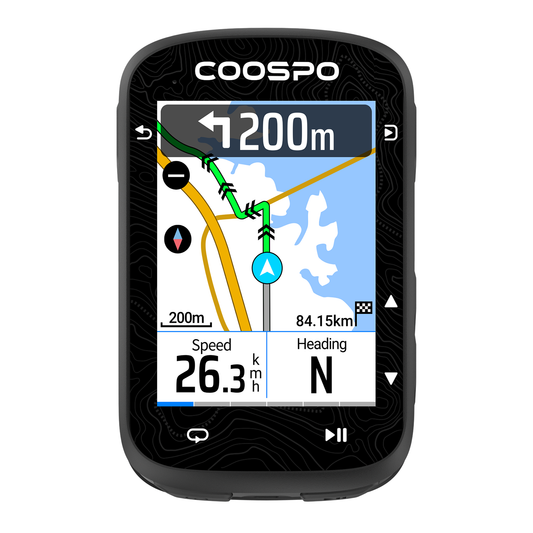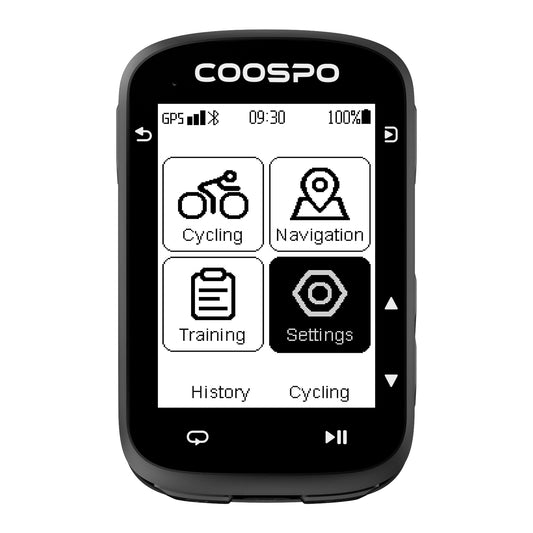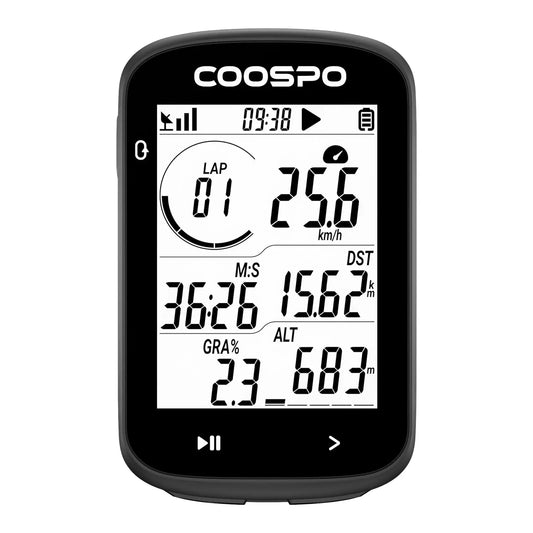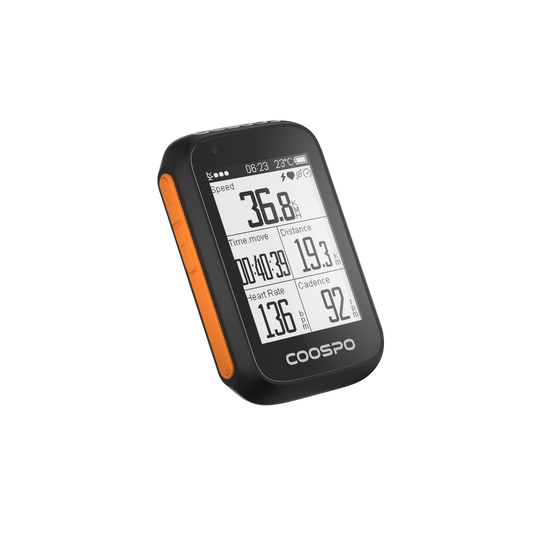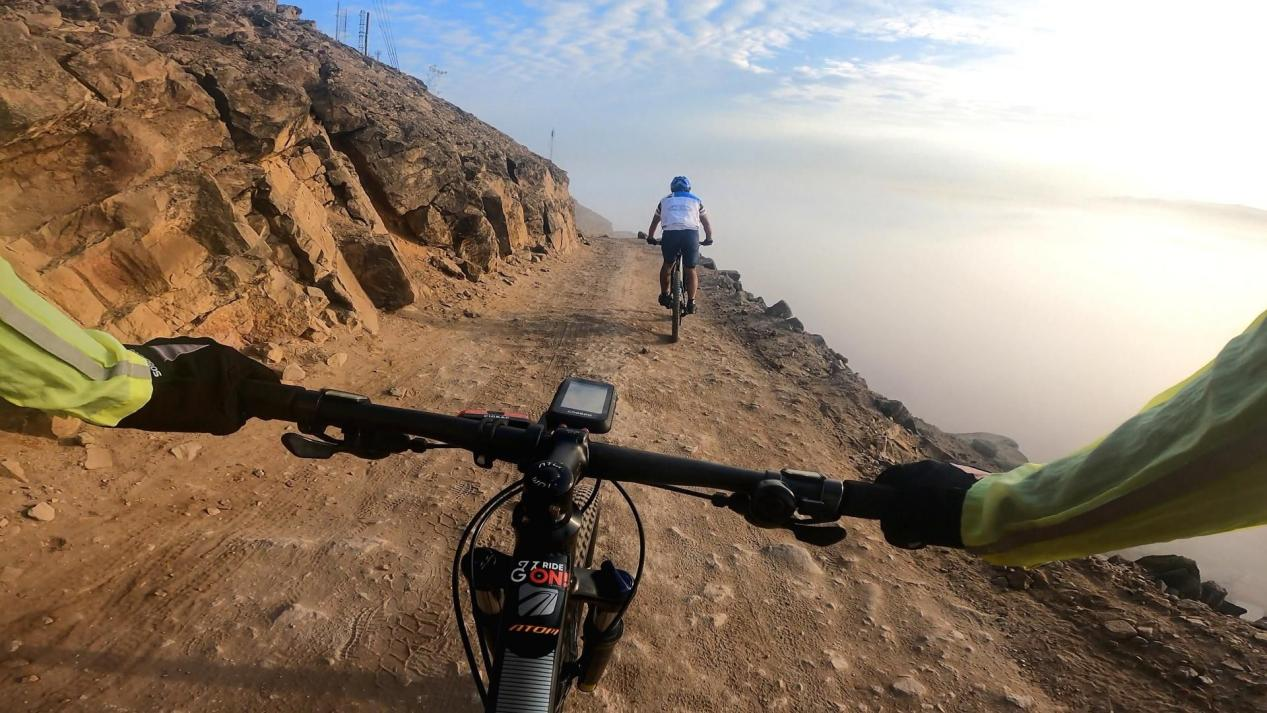Not Riding Fast? Here’s What’s Slowing You Down—and How to Fix It
Many cyclists train consistently yet feel frustrated: “Why am I not getting any faster?” You ride often, you put in the hours, and you love the sport—but your speed doesn’t seem to improve.
The truth is straightforward: you don't get faster just by riding more. You get faster by training smarter. Studies in endurance sports have shown that performance stops improving not because you're not trying hard enough, but because of imbalances in how you train, rest, fuel your body, and improve your technique.

Here are the five most common mistakes that stop cyclists from improving—and some proven solutions that can help you move forward.
Mistake 1: You Ride Often, But Mostly Long and Slow
Many cyclists believe that riding a lot of miles will automatically make them faster. While it's true that beginners will get faster just by riding more because they are getting fitter, this idea changes once you're more experienced. After a certain level, simply riding more miles doesn't help much. To really increase your speed, you need to focus on improving your high-intensity efforts and raising your threshold so you can maintain higher speeds.
Fix: Add Intervals to Your Rides
Multiple sports-science studies show that just 1–2 interval sessions per week can dramatically accelerate performance gains, even in experienced cyclists.
You don’t need complicated workouts. Start simple:
1. Threshold Intervals (FTP Work)
-
2 × 10 min at 90–100% FTP
-
3 × 8 min at threshold
These boost sustained speed and climbing ability.
2. Short VO₂ Max Intervals
-
5 × 3 min at 110–120% FTP
-
4 × 4 min VO₂ max efforts
These raise your “speed ceiling” and make hard efforts feel easier.
3. Sprint Intervals
-
6–10 × 12–20 seconds all-out
These improve neuromuscular power and acceleration.

Key rule: Quality over quantity. To execute interval workouts correctly, you need accurate timing and clear data feedback. A reliable cycling computer like the Coospo CS600 makes this much easier by displaying real-time speed, cadence, heart rate, and training zones. Many cyclists find that using a structured interval screen helps them stay on target instead of riding by feel.
Mistake 2: You Don’t Do Core Work
We discuss the importance of the core a lot. A strong cyclist isn't just about having strong legs. Speed and efficiency also come from having a stable and powerful core.
Core training should be like inflating your tires: something you do a few times a week to avoid getting flat! When your core is weak, you lose the ability to transfer power between your upper and lower body. This makes you less stable on your bike and stops you from pushing your pedals as hard as you can to go fast.
Fix: Strengthen Your Abs and Back
You don’t need long gym sessions. Sports-performance coaches agree that 10–15 minutes, 2–3 times a week can make a major difference.
Highly effective movements include:
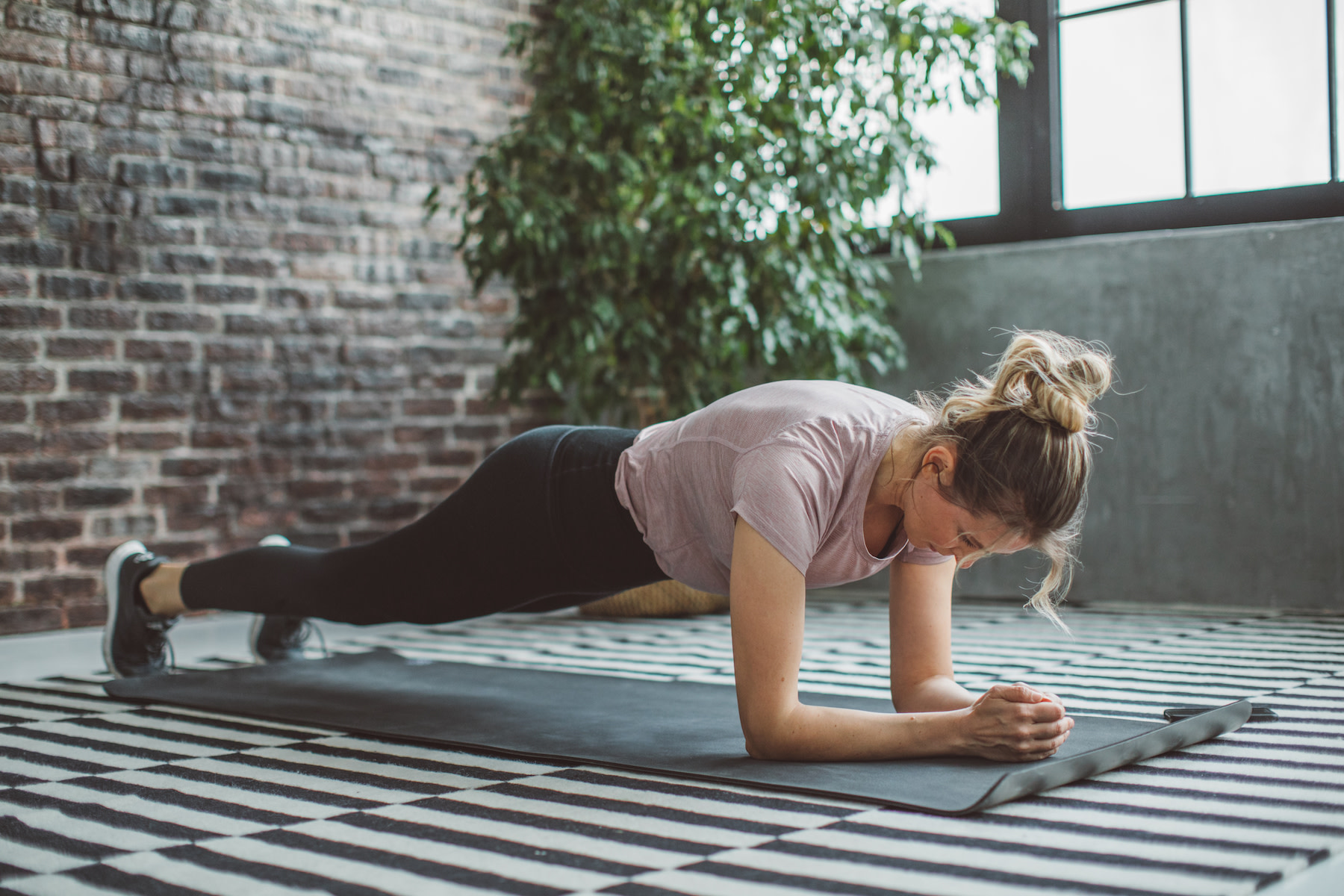
- Planks (front and side)
- Dead bugs
- Bird dog
- Hip bridges/glute bridges
- Back extensions
- Pallof press
- Russian twists
Mistake 3: You Ride More Than You Rest
You can't go faster without taking time to slow down. When you're doing long endurance training, deep rest isn't as crucial. However, when you push hard on the pedals, you use up your glycogen stores and damage your muscles. They can't fully recover and rebuild if you keep putting them under stress.
Fix: Plan Your Sleep
Your body enjoys a good workout, whether it's cycling or lifting weights, but the real benefits only come if you let it rest. You may have heard this before: your muscles, including your heart, become stronger when they have time to recover after exercise. So, rest and recovery are just as important as the workout itself.
For optimal performance:
- Aim for 7.5–9 hours of sleep per night
- Keep a consistent sleep schedule
- Avoid screens 1 hour before bed
- Prioritize rest days after intense sessions
- Add “easy spin” days, not more intensity
Mistake 4: You Focus on Weight Loss
You can store about 1,700 to 2,000 calories of glycogen in your muscles and liver, depending on your size. Intense exercise can burn up to 800 calories an hour (or even more if you're pushing hard). That means it doesn’t take long to run out of energy, and you'll slow down as your glycogen levels drop. If you eat enough to recover from your workout, you won't start fully fueled, which can hurt your performance. Even if your body burns fat well, having enough glycogen helps you go faster. Plus, having enough healthy calories can improve your body composition when preparing for a tough workout.
Fix: Eat!
If you want to lose fat but also want to perform well, plan when you eat carbs. Have some carbs before a tough workout, like a hard bike ride, and also after you finish to help your body recover. If you're doing a really intense workout, like cyclocross or intervals, eat a carb-rich meal about 3 hours beforehand. Good options are easy-to-digest foods like rice with a bit of chicken or oatmeal with nut butter.

About 15 minutes before you leave, have a few energy chews to boost your energy. For longer, faster rides, you can eat a little closer to when you start. After your ride, drink some chocolate milk and have a handful of mixed nuts to get carbs for energy and protein for recovery.
Mistake 5: You Neglect Technique
Experienced coaches often notice that many cyclists waste a lot of time not because they're unfit, but because they aren't technically efficient.
For example:
- Sitting too upright increases drag
- Poor cornering forces unnecessary braking
- Choppy pedaling wastes power
- Inefficient shifting interrupts momentum
Fix: Focus on Skills and Speed will Follow
Bike handling is something you can improve regularly. Practice turning corners. Join a cyclocross class. Do pedaling exercises.
Remember that there are many small things you can do for quick improvements. Accelerate out of every corner to keep your speed up. Be ready to shift gears so you don’t get stuck in a gear that slows you down. When you’re in a group, take short turns at the front to save your energy for the long ride. All these little techniques can help you go faster and maintain your speed easily.

Practicing cornering, braking, and descending on varied terrain becomes easier when you can review your speed patterns afterward. Devices like the Coospo CS600 allow you to analyze routes and performance, helping you spot where better technique saves time.



